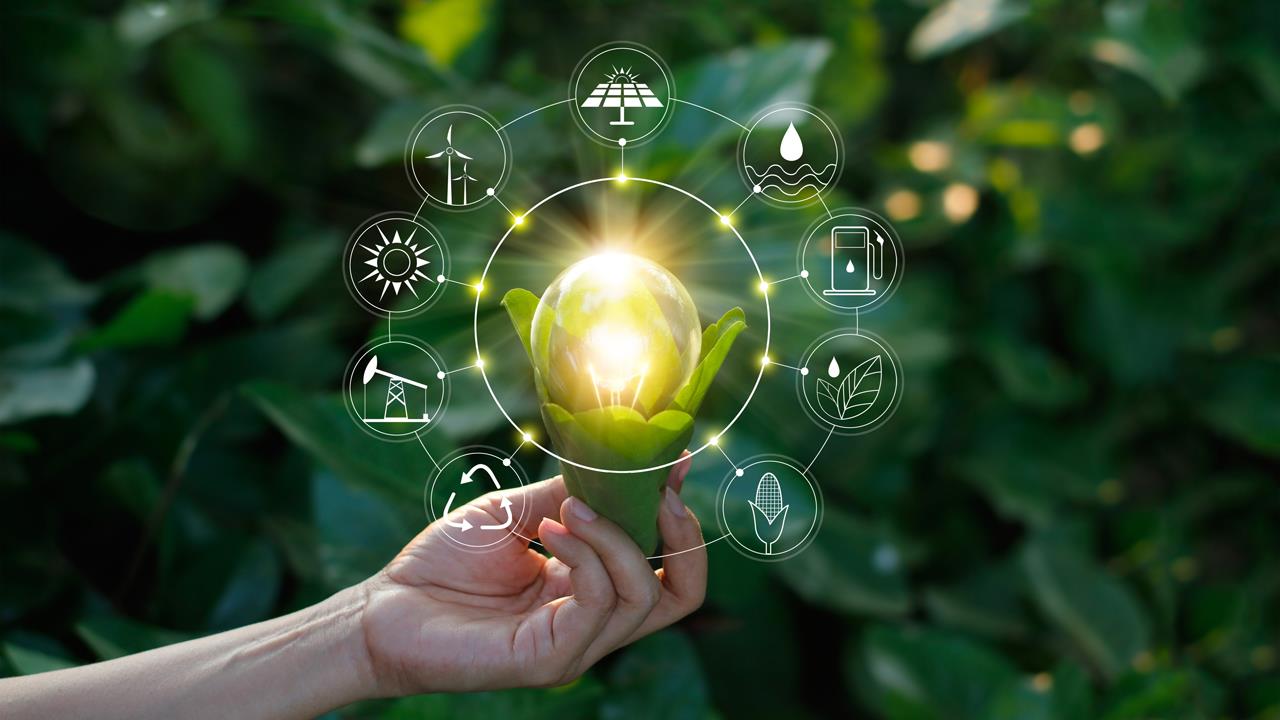


Stuart Doggrell, Water Heating General Manager at Fabdec, says that the need to meet sustainability targets means that the industry can’t rest on its laurels and has to embrace new innovations wholeheartedly.
As the heating and plumbing industry takes steps to increase the sustainability of its products and working practices, promoting upskilling has never been more important.
However, industry leaders can be cautious on this front. It’s often a challenge to assess which technologies are here to stay and which are a passing trend.
The need to develop technology that improves sustainability is recognised by the government, as climate targets become increasingly stringent. To address these targets it plans to invest more than £2.5 billion in supporting low carbon technologies between 2015 and 2021.
But as these new products come to market – many of which usually involve more complex inner workings – it’s key that installers undertake the appropriate training before working with these new systems.
Embracing disruptive technology
Innovation – and the use of technology itself in the training process – can play a role in tackling this issue. A point demonstrated by the virtual reality (VR) and augmented reality (AR) training schemes that have been embraced following partnerships between CIPHE and several manufacturers.
These offer installers the opportunity to gain valuable insights into the internal workings of complex systems and allows end-users to visualise a product in their home.
The benefits to this technology don’t end at this either, there’s also a major safety benefit for using VR and AR. Being able to conduct simulations in safe environments and evaluate a product’s performance in a diverse range of conditions means any potential problems can be identified without a risk to the installation teams.
By using virtual environments to conduct testing in different conditions, training can be carried out with minimal risk.
Adapting to new standards
Although the HVAC sector is in a period of change with the introduction of these technologies, adaptation has always been a key part of the sector.
In the water heating industry, for example, the introduction of the Venturi technology has seen the industry move away from vented hot water systems to pressurised or unvented systems. The Venturi effect is the reduction in pressure that results when a fluid flows through a constricted section of pipe with no restriction to the flow rate. In the process, velocity must increase as it passes through a constriction in accordance with the principle of continuity, while its static pressure must decrease. Any gain in kinetic energy a fluid may accrue due to its increased velocity through a constriction is balanced by a drop in pressure.
This allowed for the expansion of hot water through control valves and expansion vessels, and was a major change for the sector. The ability to adapt to the introduction of new technologies will be key over the next decade as new sustainable systems are introduced to the HVAC market.
For installers, technologies like AR or VR will play a key role in ensuring new technology is fitted safely and to best practice standards. It will also help position the sector as forward-thinking and proactive in solving potential problems.
Promoting this attitude means that the next generation will view technology as a solution rather than a disrupter, and make the most of its benefits.
Ensuring that best practice is followed will also ensure installers remain competitive within their market, building this skills base will be a key component of success as demand for new sustainable HVAC systems continue to rise.
If you'd like to keep up-to-date with the latest developments in the heating and plumbing industry, why not subscribe to our weekly newsletters? Just click the button below and you can ensure all the latest industry news and new product information lands in your inbox every week.